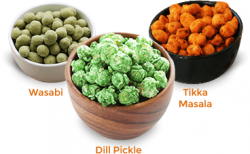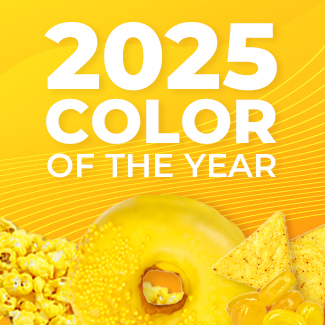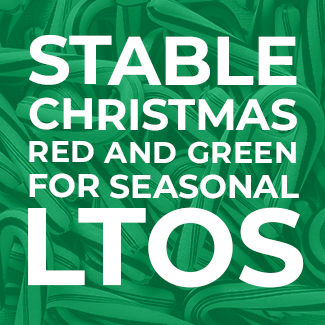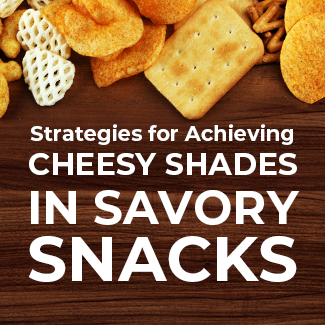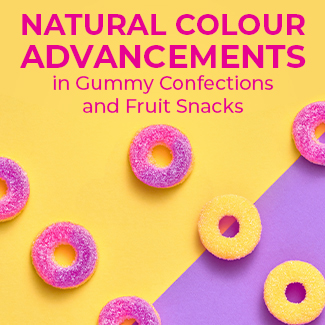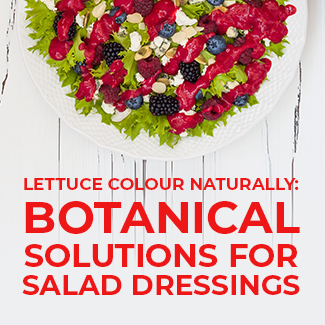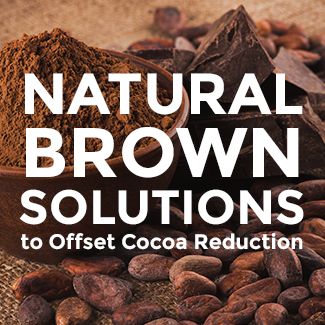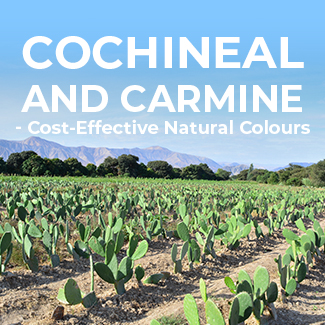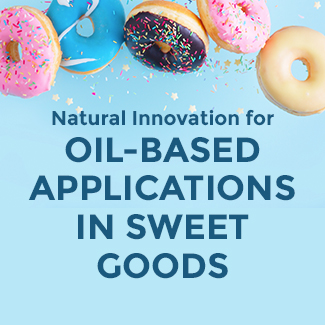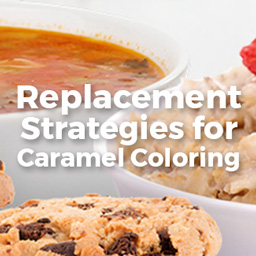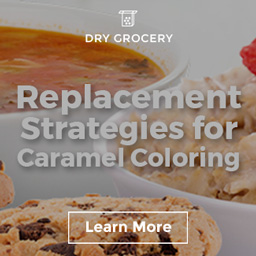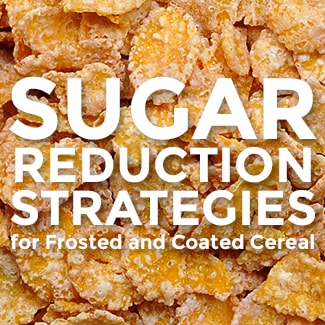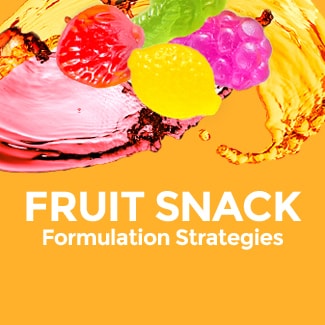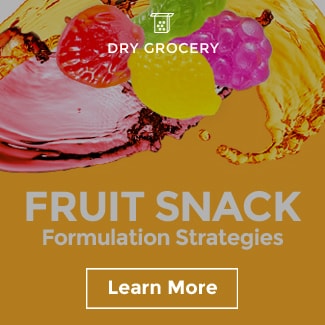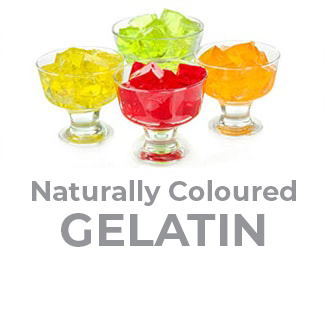Natural Colour for Topical Seasonings and Dry-Blend Applications
Activity is Hot in Salty Snacks and Topical Seasonings
Consumers are spending more time in transit as part of their daily routine. In turn, portability and convenience has product innovation heating up, especially in snacking. Consumers are using salty snacks as meal replacements or as quick fillers in-between meals (Mintel). It’s not surprising IRI data for the calendar year of 2016 indicated salty snacks as the second largest grocery category rounding out at $17.5 billion in annual sales. Additionally, spices and seasonings, common ingredients in many salty snacks, enjoyed a 6.6% sales increase in 2016 versus the prior calendar year.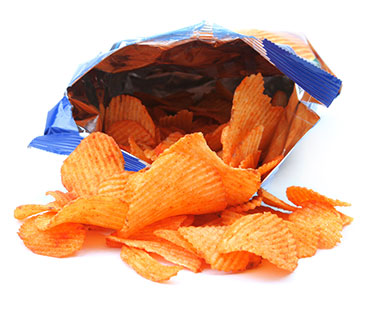
In fact, new launches in seasonings increased by 40% in 2016, making it one of the most active years in the category’s history. Source: Mintel
The “naturalness” movement has largely influenced new activity in seasonings. Brand leaders like McCormick and Unilever have increased the natural credentials in many of their products due to consumer demand for simpler ingredients. NPD has not only been pertaining to packet seasonings but also many savoury offerings like puffed snacks and chips that are coated in seasonings.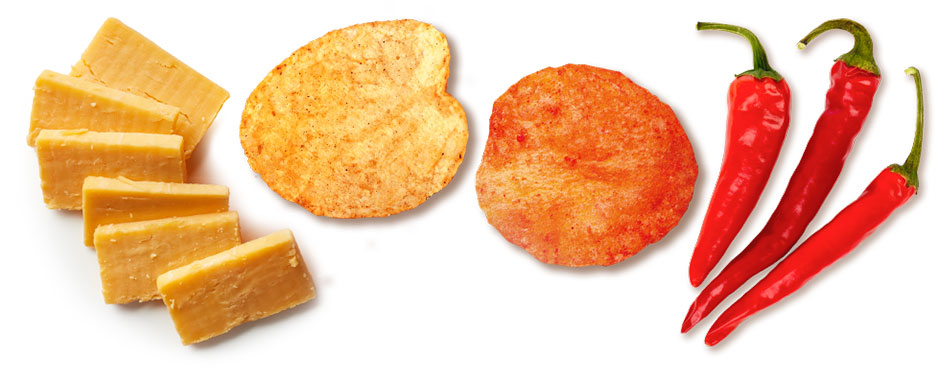 Colour plays a critical part in seasonings by bringing all of the different flavour offerings to life through unique shades. One would expect a hot and spicy snack to look different than a cheddar cheese one. Colour helps create the expectation of a flavour’s visual appeal in seasonings. Since adventurous and exotic flavours have been a major driver for the salty snack category, the demand for custom natural colour shades has been rising. This underlying interest for the natural snack could be a huge opportunity for snack and seasonings developers. There is certainly room for growth in snacks, especially those combining on-the-go convenience, natural ingredients like colour from fruit and vegetable juices, and flavour innovation. Ready-to-eat popcorn is a great example of this union, and their sales prove it.
Colour plays a critical part in seasonings by bringing all of the different flavour offerings to life through unique shades. One would expect a hot and spicy snack to look different than a cheddar cheese one. Colour helps create the expectation of a flavour’s visual appeal in seasonings. Since adventurous and exotic flavours have been a major driver for the salty snack category, the demand for custom natural colour shades has been rising. This underlying interest for the natural snack could be a huge opportunity for snack and seasonings developers. There is certainly room for growth in snacks, especially those combining on-the-go convenience, natural ingredients like colour from fruit and vegetable juices, and flavour innovation. Ready-to-eat popcorn is a great example of this union, and their sales prove it.
Clean Label Colour for Topical Seasonings and Dry-Blend Applications
Topical seasonings typically land in the neutral pH area, so Lakes, which are stable between pH 4.0-8.0, never really had any performance issues due to pH. In fact, the way a Lake is developed by extending the dye onto an aluminum hydrate substrate makes them ideal for plating grade applications like seasonings or dry mixes. The particle size of the powder helps the Lake evenly coat the topical seasoning, making application to products like chips or popcorn that contain oil/fat more uniform.

THE PARTICLE SIZE
of standard natural colour powders prohibits even coating distribution

HIGH USAGE RATES
typically necessary to achieve desired shade which can impact flavour profile of seasoning

MOISTURE
can affect natural colour stability and cause colour migration

SENSITIVITY TO pH
can cause colour degradation or shade shifting dependent on natural colour source
The Microfine’s plating grade capability delivers superb visual appeal and intense colour shades, reducing the need for high usage rates. In addition, exclusive, custom natural colour shades are available to bring any unique flavours to life. Customized packaging is possible with Microfine™ powders for ease of shipping and storing too.

